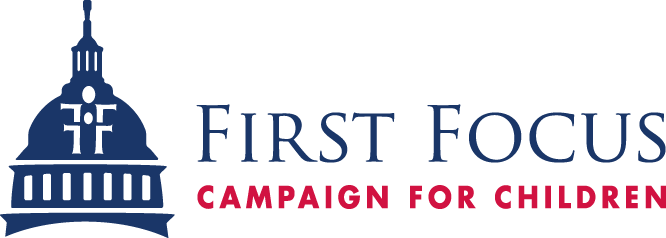




Federal definitions of homelessness should not be different.
U.S. Representatives Mikie Sherrill (D-NJ-11), Bill Posey (R-FL-08), Delia Ramirez (D-IL-03), and Don Bacon (R-NE-02) introduced the bipartisan Homeless Children and Youth Act (HCYA) (H.R.5221) on August 15, 2023. This legislation aligns federal definitions of homelessness to ensure that all children, youth, and families can access the housing assistance they need.
HYCA is supported by over 50 national organizations and hundreds of state and local organizations.
What You Need to Know
Accurately defining homelessness is the first step towards ending youth, young adult, and young parent homelessness.
- The definition of homelessness used by the U.S. Department of Housing and Urban Development (HUD) excludes some of the most vulnerable children, youth, and families experiencing homelessness from getting assistance.
- HCYA aligns HUD’s definition of homelessness with other federal programs targeted at serving young people experiencing homelessness.
HUD’s Point-in-Time (PIT) count excludes many children, youth, and families experiencing homelessness, rendering their homelessness invisible, thereby limiting the public assistance they may otherwise have access to.
HYCA would improve counts and data collection, giving communities a complete picture of homelessness and allowing organizations, communities, and states to more accurately and effectively create and implement strategies to end homelessness for all.
HCYA would also expand the definition of “chronically homeless” to include household members.
Frequently Asked Questions
- Directs all federal agencies to use the same definition for “homelessness,” which includes individuals who experience homelessness in more fluid ways, such as through couch surfing.
- Requires HUD to score service applications primarily on whether they are cost-effective in meeting the priorities and goals that communities identify in their local plans.
- Expands the definition of “chronically homeless” to include other household members.
- Improves HUD’s homeless assistance data and transparency.
- HUD’s definition of homelessness excludes most children and youth whose families lack permanent living arrangements, and are therefore staying in temporary living situations, such as motels. These situations are unstable and often unsafe, putting children and youth at high risk for trafficking and violence.
- HCYA will allow local communities to prioritize housing services, like Rapid Rehousing, to the specific needs of their community and to align with their local responses to preventing and ending homelessness. Right now, communities must follow HUD’s national prioritization model, which doesn’t always align with local priorities.
- HUD’s PIT count leaves out many young people, whose experience of homelessness is often more fluid than chronically homeless single adults. For example, the 2023 PIT count counted 34,147 young adults ages 18 to 25 experiencing homelessness, both sheltered and unsheltered. By comparison, the University of Chicago’s Chapin Hall found that closer to 3.5 million young adults ages 18 to 25 experience homelessness each year, which includes individuals who experience homelessness dynamically, such as through couch surfing.
- Homelessness is at record high levels for children, youth, and families; without a change in federal policy, these young people are at great risk of experiencing homelessness and poverty as adults.
No. HCYA allows communities to use existing dollars more effectively. It also reduces inefficiencies by simplifying and streamlining the eligibility process. It promotes leveraging additional resources through improved interagency collaboration.